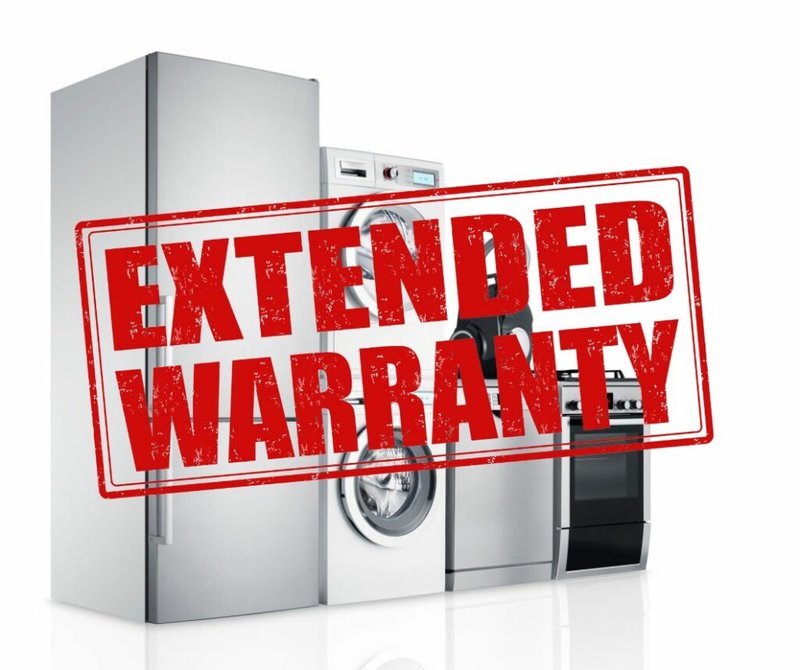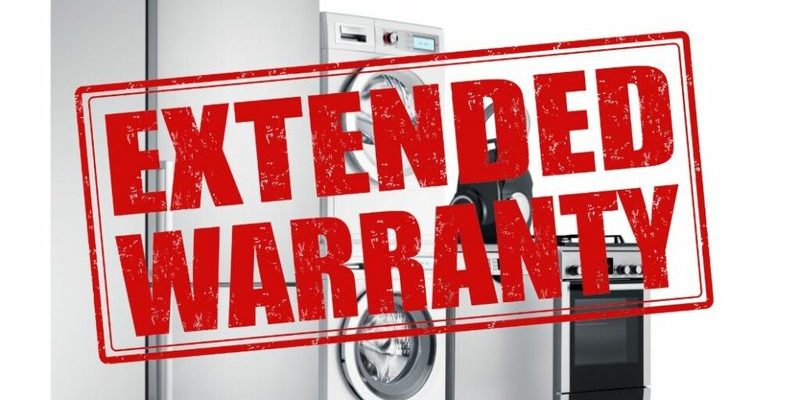
Thinking about whether to grab an extended warranty for your Whirlpool oven or range can feel a bit like deciding if you need an umbrella on a cloudy day. You’re not sure if it’ll rain, but if it does, you’ll probably be glad to have it. With appliances like these, which are workhorses in the kitchen, the question “Is extended warranty worth it?” pops up often. Whirlpool makes reliable products, sure—but like any machine with buttons, burners, and fancy code inside, things can go sideways.
Extended warranties promise extra peace of mind beyond the usual coverage. But before you whip out your credit card, let’s dive into what these warranties really cover, the typical issues with Whirlpool ovens and ranges, and whether forking over extra cash makes sense. I’ll walk you through the key points like we’re chatting across the kitchen table over a cup of coffee.
What Exactly Is an Extended Warranty for Whirlpool Ovens and Ranges?
To set the stage, an extended warranty is basically an add-on service contract you buy that stretches your appliance’s protection beyond the manufacturer’s standard warranty. Whirlpool ovens and ranges usually come with a one-year limited warranty that covers parts and labor if something breaks under normal use.
But once that year wraps up, you’re on the hook for repair bills—which can range from a quick part replacement to a full troubleshooting session if something complex like the control board or heating element goes kaput. The extended warranty says, “Hey, we’ve got you covered for another few years.” This might include repair costs, parts, and sometimes even service visits.
Here’s the thing: these warranties vary widely based on where you buy the oven, the exact model, and the length of coverage. Some even cover accidental damage or wear-and-tear, but most stick to mechanical or electrical failures. Understanding what’s included—and just as importantly, what’s not—can save you headaches later.
Common Problems with Whirlpool Ovens and Ranges
Honestly, Whirlpool ovens and ranges are pretty solid, but no appliance is perfect. Knowing common issues can help you figure out if an extended warranty is a smart safety net or just extra fluff.
- Heating Elements Burn Out: This is one of the most frequent problems. If your oven isn’t reaching the right temperature or heats unevenly, old elements might be the culprit.
- Control Board Failures: The “brain” of the oven can have glitches or totally fail, causing the oven to refuse commands or reset randomly.
- Ignition Problems (Gas Ranges): Sometimes the spark won’t fire, or the gas won’t light consistently, which can be frustrating and a safety concern.
- Sensor Malfunctions: Temperature sensors can go haywire, resulting in inaccurate cooking temps or error codes flashing on the display.
These aren’t day-one problems; they usually pop up after a few years of solid cooking. So, if your appliance is brand new, an extended warranty might feel like an unnecessary expense right off the bat—unless you want that safety net.
How Does the Cost of Extended Warranty Compare to Repairs?
Picture this: the extended warranty costs you $150–$300 for an extra 2–3 years of coverage. Sounds reasonable, but here’s the reality check—repair costs for Whirlpool ovens can vary hugely.
Let me explain. Replacing a heating element could run you $100–$200 including labor, while a control board or sensor fix might climb to $300 or more. So, if you have a relatively simple problem, paying out of pocket might be cheaper than the warranty. But if you hit a major repair early, that extended warranty can save you cash and hassle.
Also, some extended warranties include perks like priority service calls or discounted parts, which can add value if you expect to rely on repairs. However, other plans have strict fine print exclusions and deductibles, so it’s not always a smooth deal.
What Does the Manufacturer’s Warranty Cover for Whirlpool Ovens?
Whirlpool’s standard warranty typically covers factory defects in materials and workmanship for one year. This means if your oven’s control panel doesn’t respond right out of the box, they’ll likely fix it free. The warranty includes parts and labor, which is pretty generous for a big appliance.
However, it usually excludes damage from accidents, misuse, or normal wear and tear—like a control board that fries because a power surge zipped through your kitchen. Also, keep in mind the warranty won’t cover things like replacing burnt-out bulbs or knobs lost under the couch.
Once the warranty expires, Whirlpool’s official repair service is available at standard market rates, so you can still fix your appliance safely. But that’s when the extended warranty might come into play, depending on your appetite for risk.
Considerations Before Buying an Extended Warranty
Here’s where you want to slow down and really think it through. Buying an extended warranty isn’t just about coverage—it’s about your lifestyle, comfort with DIY fixes, and how long you plan to keep the oven.
- How often do you cook? If you’re a daily kitchen warrior, repairs might come sooner, making the extended warranty more worthwhile.
- Are you handy or willing to troubleshoot? Sometimes a quick reset or replacing a battery in the remote (yes, some Whirlpool ovens have remote functions!) fixes minor issues—no warranty needed.
- How long do you plan to keep the oven? If you’re likely to upgrade in a couple of years, extended coverage might not pay off.
- Read the fine print carefully. Check what exactly is covered, how claims are made, and if you need to use specific authorized repair services.
Alternatives to Buying an Extended Warranty
If you’re on the fence, here are some other approaches that might give you peace of mind without spending extra upfront.
Regular Maintenance and DIY Troubleshooting
Sometimes, a bit of TLC goes a long way. Cleaning your oven’s sensors, resetting the control board, or checking connections can prevent more serious problems. Whirlpool ovens often include diagnostic codes that you can look up online to troubleshoot small issues yourself.
For example, if your oven is displaying an error code, a quick reset by unplugging it for a few minutes might fix it without needing a technician. Keeping the appliance clean prevents buildup that can burn out components prematurely.
Repair Service Plans with Retailers
Instead of an extended warranty from Whirlpool, some retailers offer repair plans with flexible terms and competitive prices. These might cover multiple appliances in your home, adding convenience and potentially better value.
Self-Insurance
This just means setting aside some money in a “repair fund.” If your oven stays problem-free, you keep the cash. If something breaks, you pay for repairs out of that fund. It’s a gamble, but for many, it beats paying for extended coverage that might never get used.
Final Thoughts: Is Extended Warranty Worth It for Your Whirlpool Oven or Range?
Honestly, whether the extended warranty is worth it depends on your risk tolerance, how much you love peace of mind, and your budget. Whirlpool ovens and ranges are generally durable, but problems can happen beyond the regular warranty. If the thought of surprise repair bills stresses you out, an extended warranty acts like a safety net catching those costly falls.
On the other hand, if you’re comfortable with occasional troubleshooting, confident about simple repairs, or plan to replace the appliance before the extended warranty runs out, you might be better off saving your money. Just remember, no warranty covers everything perfectly, so read the details carefully and don’t expect miracles.
In the end, it’s a bit like deciding whether to insure your favorite coffee mug. Sometimes, it’s worth the extra peace of mind; other times, you just sip carefully and enjoy life as it comes.
